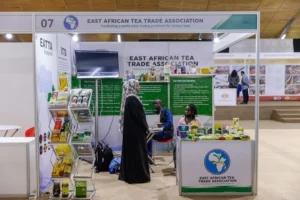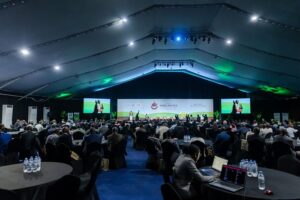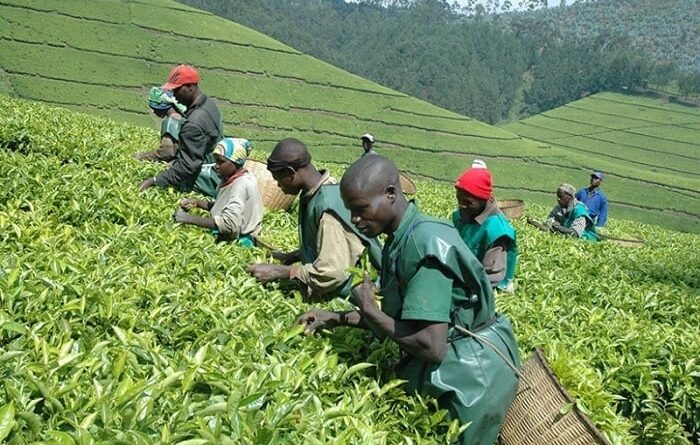Climate Change Continues to Hamper Tea Production
Although the effects of climate change are felt across many sectors, it is particularly damaging to agriculture, where yields are often reduced.
Some farmers are seeking solutions, such as irrigating crops during extended dry spells, but this remains a challenge for tea farming, as tea is often not grown near wetlands where water can be easily accessed.
As Rwanda hosts the sixth African Tea Exhibition, tea farmers, especially in Rwanda, express concern over climate change, which has significantly reduced their production compared to normal weather conditions.
Tea farmers acknowledge that while tea farming has transformed the lives of many, helping them improve their livelihoods, climate change remains a major obstacle, causing a steady decline in their yields.
Marc Musabiremye, head of a tea farming cooperative in Rusizi District, highlights climate change as a key issue. “Last year in September, we harvested about 250 tons of tea, but this year, we only managed 70 tons, showing the severe impact,” he explains.
He suggests that irrigation could be a solution during long dry seasons, but logistical challenges arise due to the location of tea plantations, many of which are not near wetlands where water is easily available.
Marthe Mukanzira Utinya, head of a tea farming cooperative in Kitabi sector, Nyamagabe District, reports a loss of over 300 tons of tea due to the recent drought. “We lost 360 tons against our target. The government could help us like they did in Nasho with irrigation, but it’s a very expensive method. If farmers were supported with loans for irrigation equipment, it could be a solution.”
At the ongoing three-day international African Tea Exhibition in Rwanda, which runs from October 9th to 11th, ten factories were awarded for producing the best tea in Africa, six of which are from Rwanda.
Jean Damascene Gasarabwe, the manager of Gatare Tea Factory, emphasizes their commitment to maintaining the high quality of Rwandan tea, ensuring it competes on the global stage. He adds that efforts are underway to address climate change. “We focus on environmental conservation, preventing soil erosion by planting trees alongside tea crops, and managing forests to ensure rainfall.”
Eric Rwigamba, State Secretary in the Ministry of Agriculture and Animal Resources (MINAGRI), notes that while climate change is a global issue, Rwanda and the world are taking steps to mitigate its effects.
Dr. Olivier Kamana, Permanent Secretary of MINAGRI, attended the first day of the conference and stressed the importance of research. “Research focuses on developing drought-resistant and disease-resistant tea plants, while maintaining proper soil management with fertilizers and pesticides to ensure healthy tea plants. Additionally, planting trees helps to reduce excessive heat.”
According to the National Agricultural Export Development Board (NAEB), tea exports generated $115 million for Rwanda during the 2023-2024 fiscal year.
NAEB data shows that Rwanda’s tea-growing area has expanded from 11,399 hectares in 2005 to 33,430 hectares by June 2024, a 193% increase over nearly two decades. The country’s production also grew from 4,858 tons in 1978 to 40,000 tons in June this year.
Pakistan remains Rwanda’s top tea importer, followed by Egypt, the United Kingdom, Kazakhstan, Russia, Sudan, South Sudan, Somalia, and the Middle East.
Rwanda is home to 19 tea processing factories with the capacity to handle 218,822 tons of tea leaves, harvested from 984,700 tons of fresh leaves.





